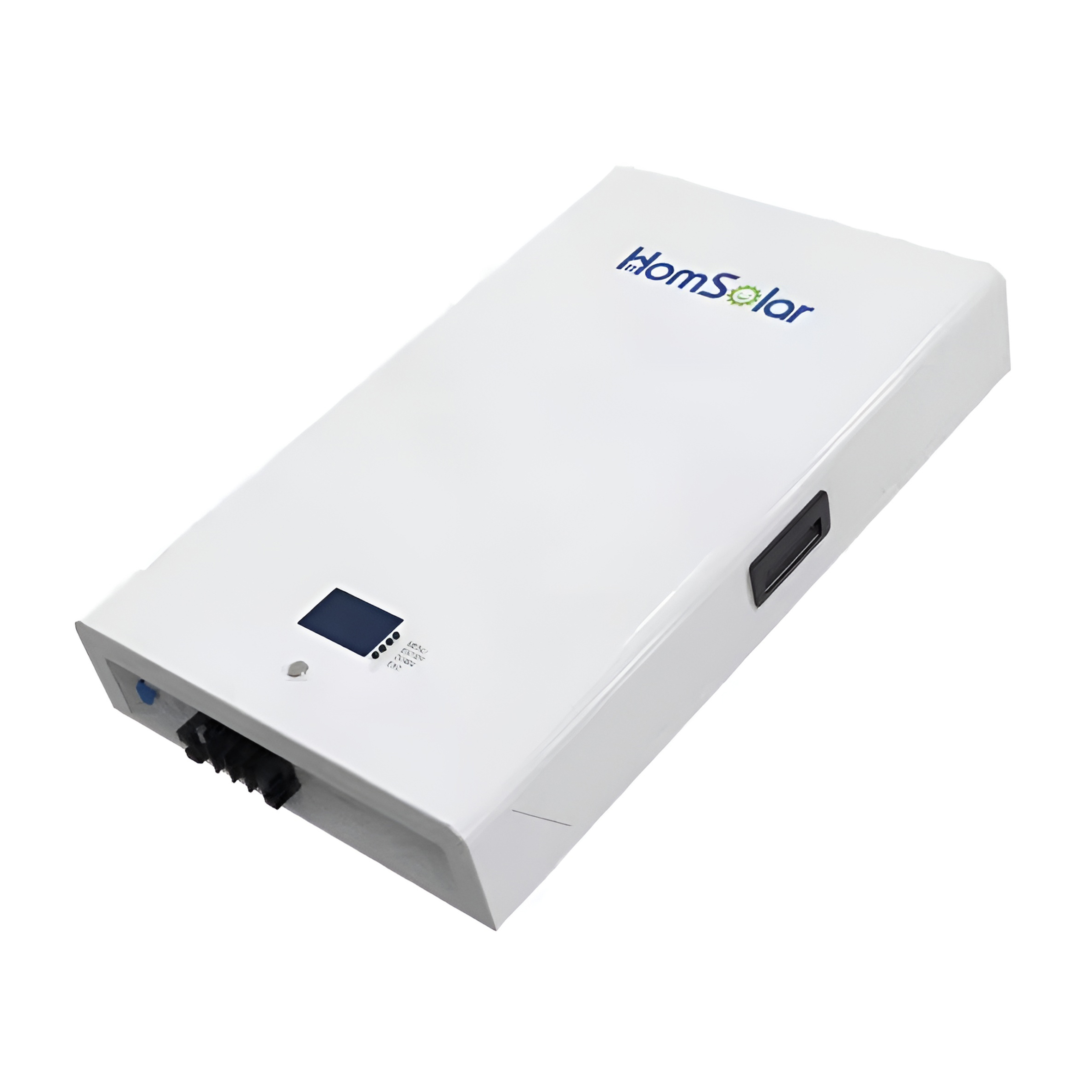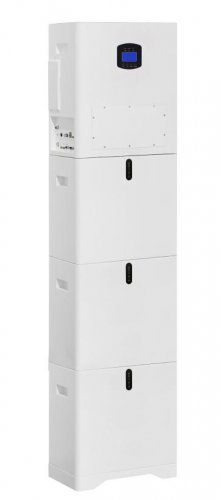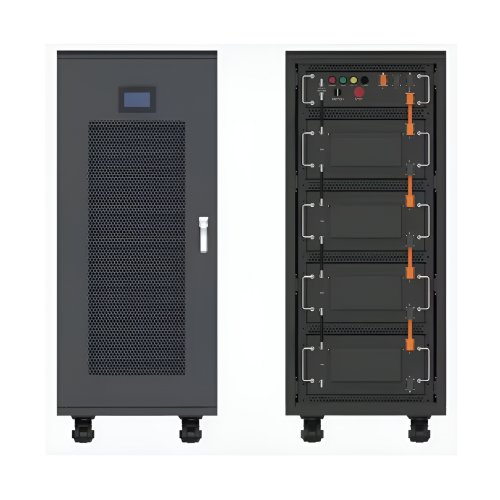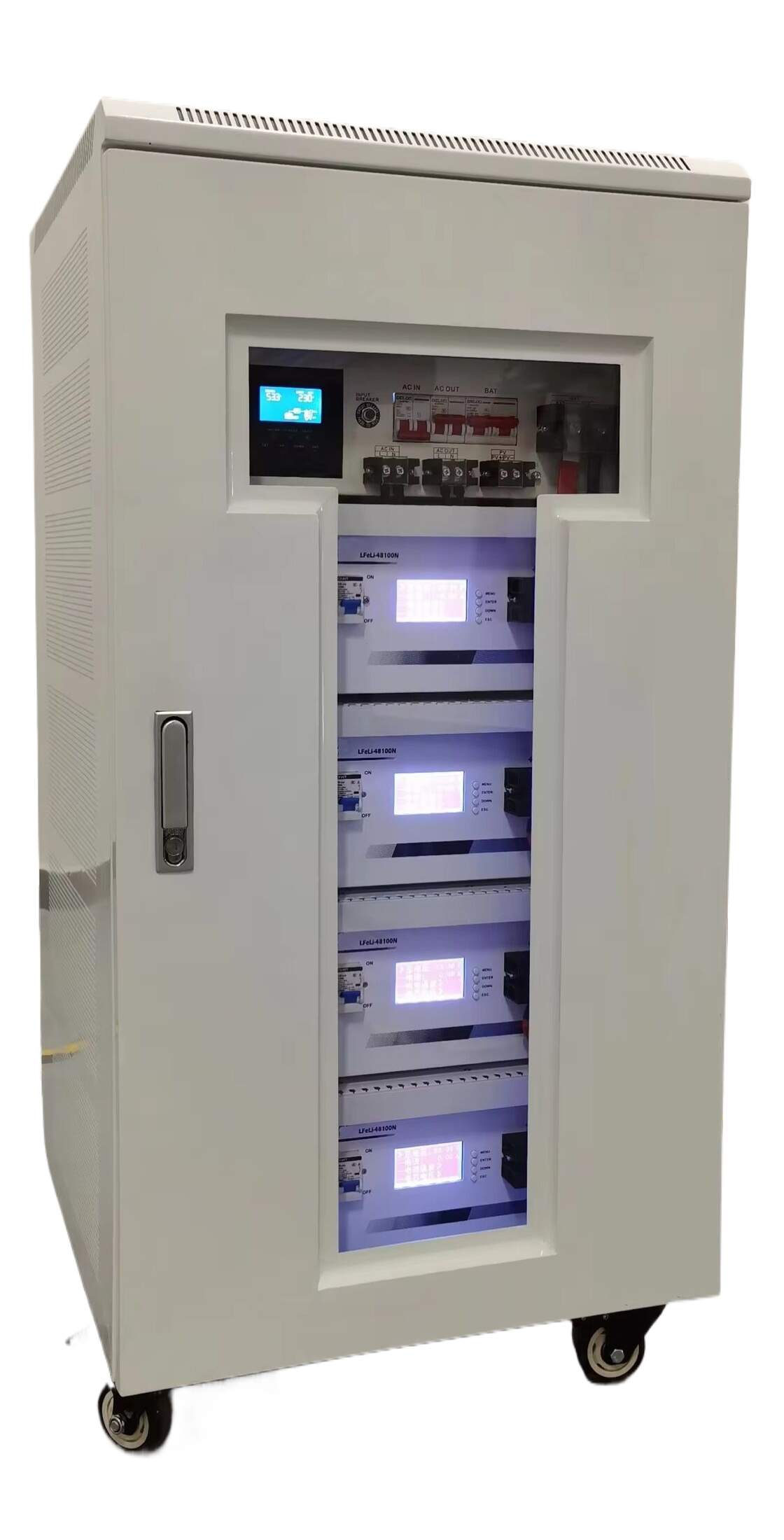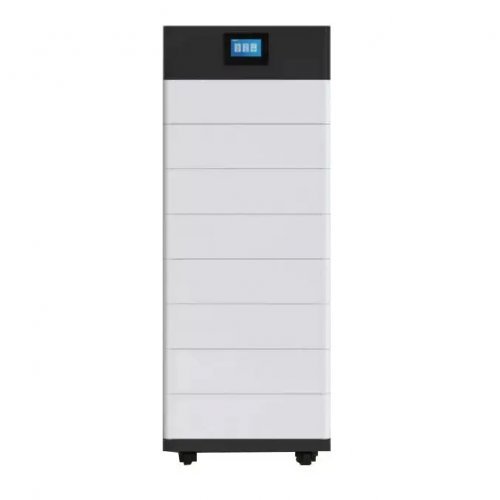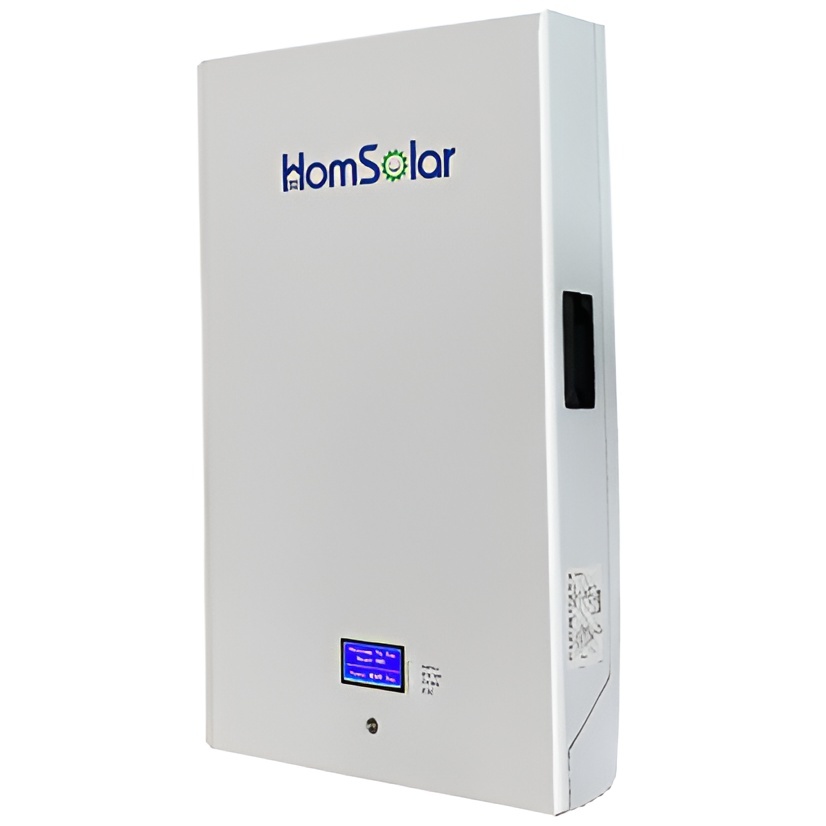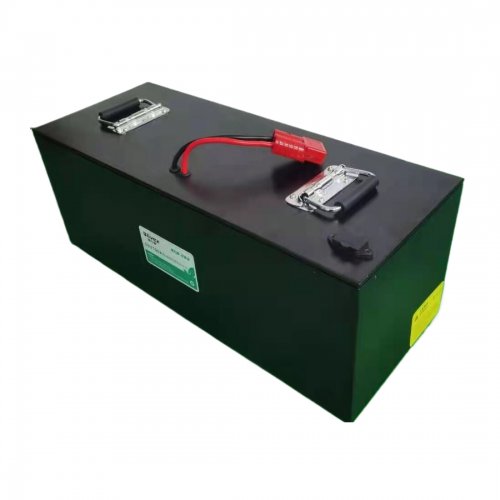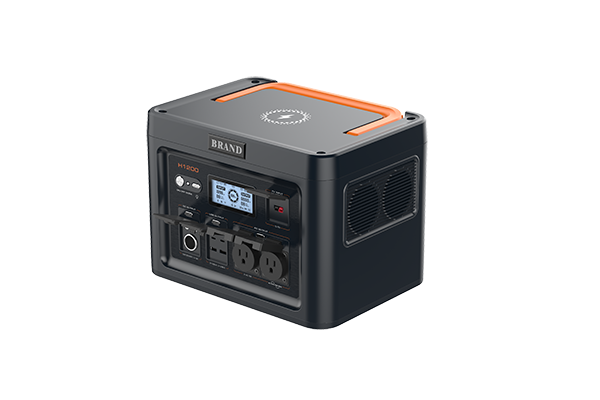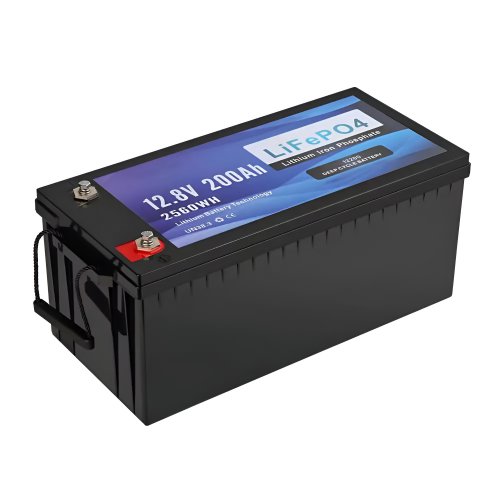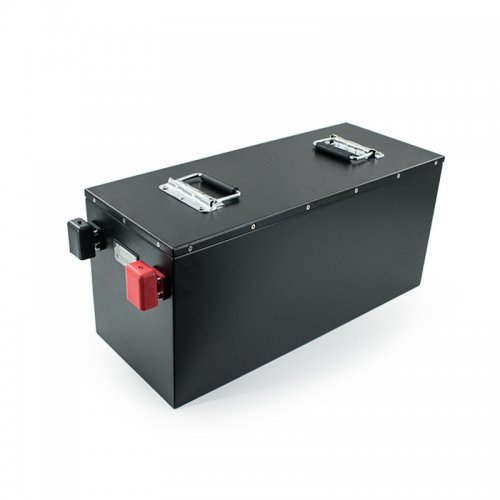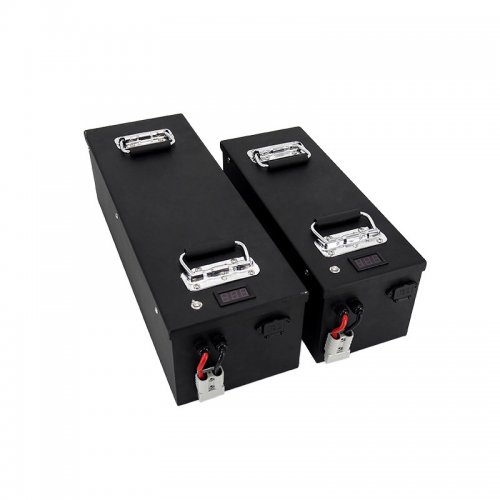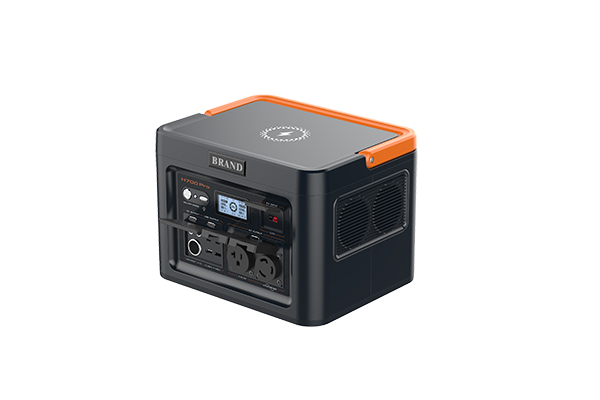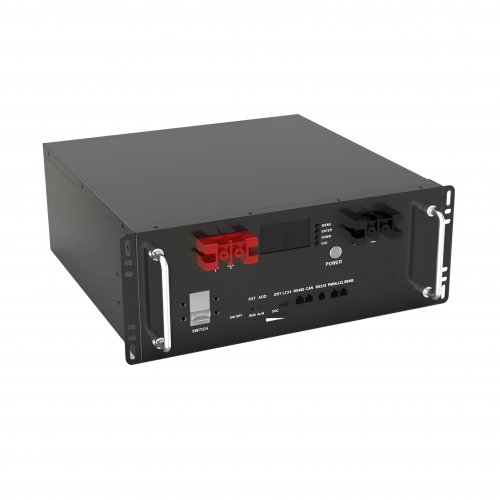Lfp Energy Density Review: Unpacking The Longevity And Safety Champion
The quest for the ideal battery chemistry is a central theme in our modern, electrified world. While terms like NMC (Nickel Manganese Cobalt) often dominate headlines with promises of high performance, a quieter, more steadfast contender has been steadily gaining ground: Lithium Iron Phosphate, or LFP. This review will delve deep into the concept of "LFP energy density," not as a single product, but as the defining characteristic of a class of batteries powering everything from home energy storage to the latest electric vehicles. We will dissect its functional implications, its celebrated advantages, its inherent trade-offs, and what its real-world usage truly feels like for the end-user.
Core Functionality: The Bedrock of LFP
At its heart, the function of any battery is to store and release energy. LFP energy density refers to the amount of energy that can be stored within a given volume or mass of a Lithium Iron Phosphate cell. It's crucial to understand this metric in two dimensions:Gravimetric Energy Density (Wh/kg): This measures how much energy a battery can store per unit of weight. LFP traditionally lags behind high-end NMC chemistries in this area.Volumetric Energy Density (Wh/L): This measures how much energy can be packed into a given space. Similarly, LFP cells are often less compact than their NMC counterparts.
This lower energy density is the primary trade-off for LFP's other benefits. In practical terms, this means that for a given amount of energy storage (say, a 100 kWh pack), an LFP battery will typically be heavier and/or larger than an equivalent NMC battery. However, the function of an LFP battery is not merely about raw energy storage; it's about delivering that energy safely, consistently, and over an exceptionally long service life.
The Advantages: Where LFP Truly Shines
The perceived shortcomings in energy density are more than compensated for by a suite of formidable advantages that make LFP an excellent choice for many applications.
1. Exceptional Cycle Life and Longevity: This is LFP's crowning glory. Where other lithium-ion chemistries might begin to significantly degrade after 800-1,000 full cycles, LFP batteries routinely endure 3,000 to 5,000 cycles, and in some cases even more, before reaching 80% of their original capacity. This translates to decades of reliable service in stationary storage or a vehicle's lifetime of driving. The chemistry is inherently more stable, suffering less from the structural stresses that degrade other cells over time.
2. Superior Thermal and Chemical Safety: Safety is non-negotiable, and LFP sets the industry standard. The iron-phosphate bond is far stronger than the cobalt-oxygen bond in NMC batteries. This makes LFP cells much more resistant to thermal runaway—a chain reaction that can lead to fire. They can withstand higher temperatures without decomposing, making them significantly safer in the event of damage, overcharging, or short-circuiting.
3. Cost-Effectiveness and Sustainability: The active materials in LFP—iron and phosphate—are abundant, geographically widespread, and inexpensive compared to the cobalt and nickel used in NMC batteries. This not only reduces cost but also alleviates significant ethical and environmental concerns associated with cobalt mining. The lower raw material cost, combined with the long lifespan, results in a significantly lower total cost of ownership over the battery's life.
4. High Power Delivery and Tolerance for Full Charging: LFP batteries can deliver high discharge currents reliably, making them suitable for applications requiring strong bursts of power. Furthermore, they suffer minimal stress when kept at a 100% state of charge, unlike NMC batteries which are best maintained between 20-80% for longevity. This eliminates "range anxiety" for EV owners, who can confidently charge to full without worrying about accelerated degradation.
The Disadvantages: The Inevitable Trade-Offs
No technology is perfect, and LFP's strengths come with clear compromises.
1. Lower Energy Density: As established, this is the core trade-off. For electric vehicles, this can mean a slightly heavier vehicle or a marginally shorter range for a similarly sized battery pack compared to a top-tier NMC design. For portable electronics or drones where weight and space are at an absolute premium, LFP is often not a viable option.
2. Performance in Cold Weather: LFP chemistry is more susceptible to performance drops in freezing temperatures. Both charging and discharging efficiency can be noticeably reduced in cold climates, a challenge that manufacturers often mitigate with sophisticated thermal management systems, which add complexity and cost.
3. Lower Nominal Voltage: LFP cells have a lower nominal voltage (3.2V vs. 3.6/3.7V for NMC). This means more cells are required in series to achieve the same pack voltage, which can slightly increase the complexity of the Battery Management System (BMS).
Real-World Usage Experience
Living with a product powered by an LFP battery is a distinct experience defined by peace of mind and practicality.
In an EV like a Tesla Model 3 with an LFP pack, the daily routine changes. The recommendation to charge to 100% regularly is liberating. There's no need to fiddle with charge limit settings for daily use; you simply plug in and wake up with a "full tank" every morning. The driving feel is consistent and robust, with ample power for daily commuting and highway merging. The primary sensation is one of durability—the knowledge that the battery pack is built to last and is inherently safer.
For a home energy storage system, such as a Tesla Powerwall or similar LFP-based unit, the experience is one of set-and-forget reliability. The battery can be cycled deeply day in and day out with minimal degradation. Homeowners can rest easy knowing the system is exceptionally safe sitting in their garage or on an exterior wall. The long cycle life means the financial payback period is clear and the system is a true long-term investment.
The cold weather performance is a tangible consideration. On a chilly morning, an EV driver might see a slightly reduced regen braking capability until the battery warms up, and DC fast-charging speeds in winter will be lower than in ideal temperatures. This is a manageable but real aspect of the ownership experience for those in colder regions.
Conclusion
The LFP energy density story is not one of winning a single spec sheet race, but of mastering the marathon. It represents a deliberate and intelligent engineering trade-off. By accepting a lower energy density—resulting in slightly heavier or bulkier packs—the user gains an unparalleled combination of longevity, safety, and cost-effectiveness.
It is not the ideal solution for every application. Where absolute minimum weight and maximum range are the sole priorities, as in high-performance sports cars or aviation, other chemistries may still hold an edge. However, for the vast majority of real-world applications—from daily-driven electric vehicles to resilient home and grid-scale energy storage—the LFP battery offers a compelling, rational, and profoundly dependable choice. It is the workhorse of the lithium-ion world, prioritizing a long, safe, and reliable service life above all else.
Customized/OEM/ODM Service
HomSolar Supports Lifepo4 battery pack customization/OEM/ODM service, welcome to contact us and tell us your needs.


HomSolar: Your One-stop LiFePO4 Battery Pack & ESS Solution Manufacturer
Our line of LiFePO4 (LFP) batteries offer a solution to demanding applications that require a lighter weight, longer life, and higher capacity battery. Features include advanced battery management systems (BMS), Bluetooth® communication and active intelligent monitoring.

Customised Lithium Iron Phosphate Battery Casing
ABS plastic housing, aluminium housing, stainless steel housing and iron housing are available, and can also be designed and customised according to your needs.

HomSolar Smart BMS
Intelligent Battery Management System for HomSolar Energy Storage System. Bluetooth, temperature sensor, LCD display, CAN interface, UART interface also available.


Terminals & Plugs Can Be Customized
A wide range of terminals and plugs can be customised to suit the application needs of your battery products.

Well-designed Solutions for Energy Storage Systems
We will design the perfect energy storage system solution according to your needs, so that you can easily solve the specific industry applications of battery products.



About Our Battery Cells
Our energy storage system products use brand new grade A LiFePO4 cells with a battery lifespan of more than 4,000 charge/discharge cycles.



Applications in Different Industries
We supply customized & OEM battery pack, assemble cells with wiring, fuse and plastic cover, all the cell wires connected to PCB plug or built BMS.
Applications: E-bike, Electric Scooter, Golf Carts, RV, Electric Wheelchair, Electric Tools, Robot Cleaner, Robot Sweeper, Solar Energy Storage System, Emergency Light, Solar Power Light, Medical Equipment, UPS Backup Power Supply.
We can provide you with customized services. We have the ability to provide a vertical supply chain, from single cells to pack/module and to a complete power solution with BMS, etc.


HomSolar (Shenzhen) Technology Co., Ltd







